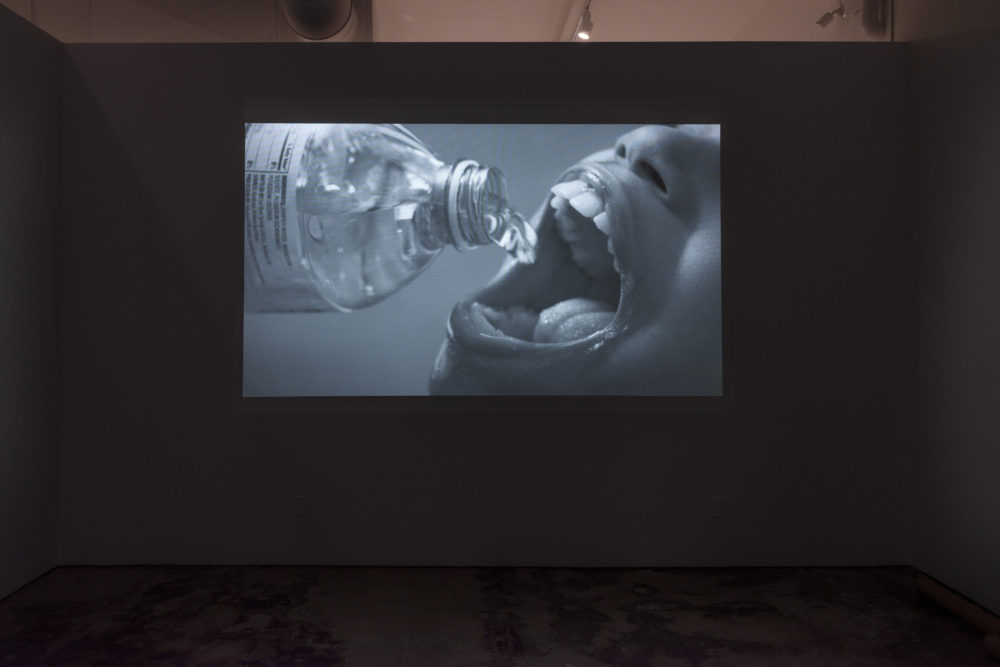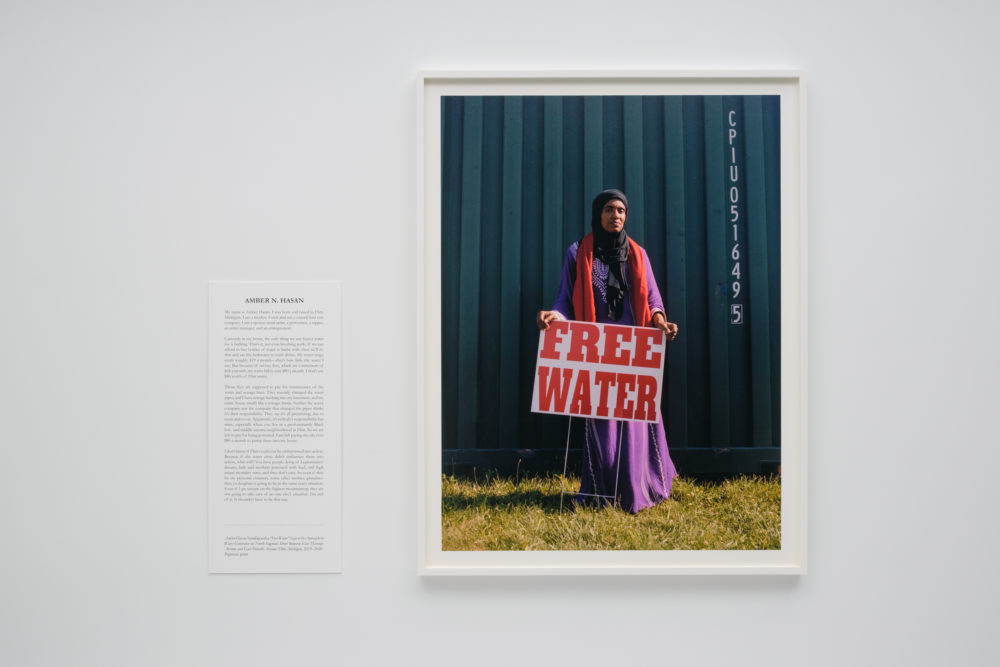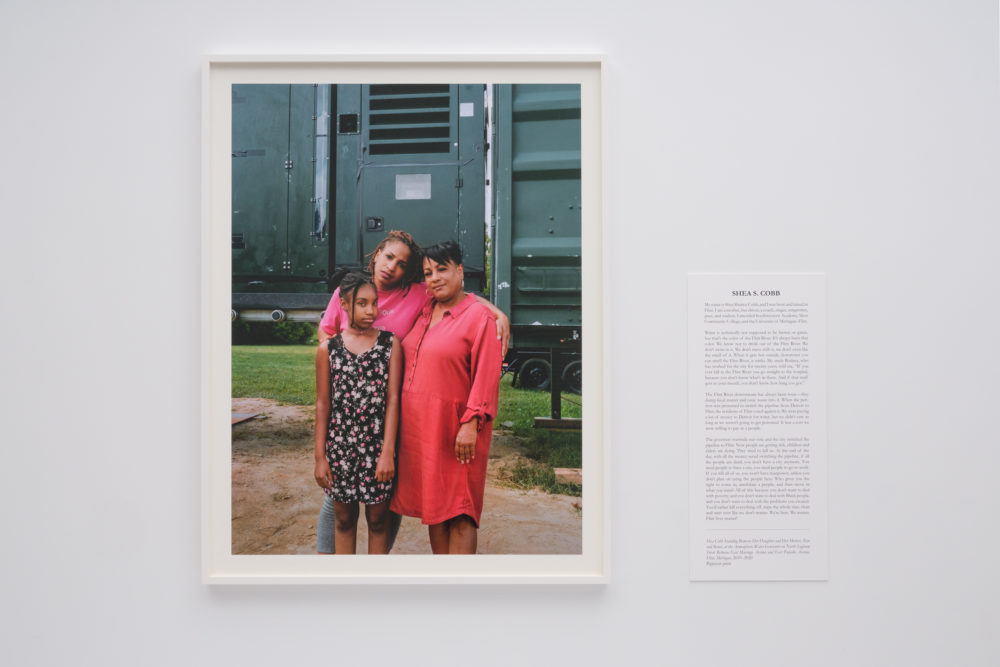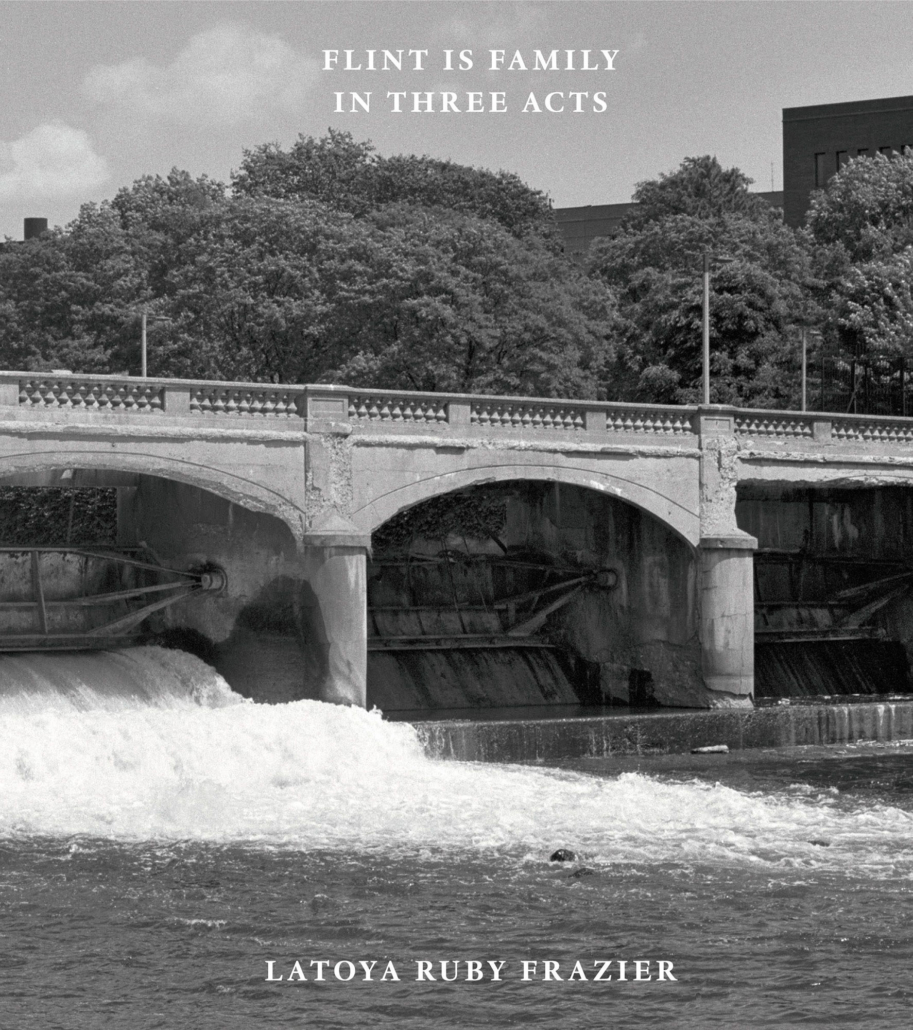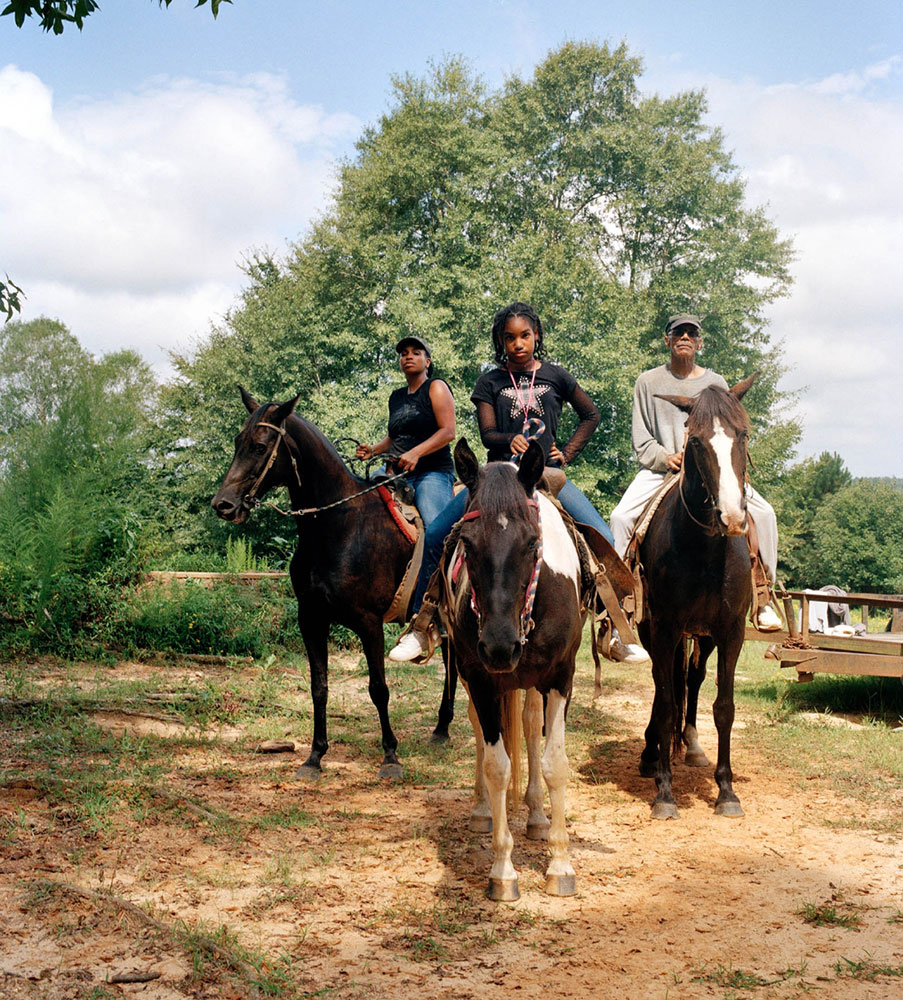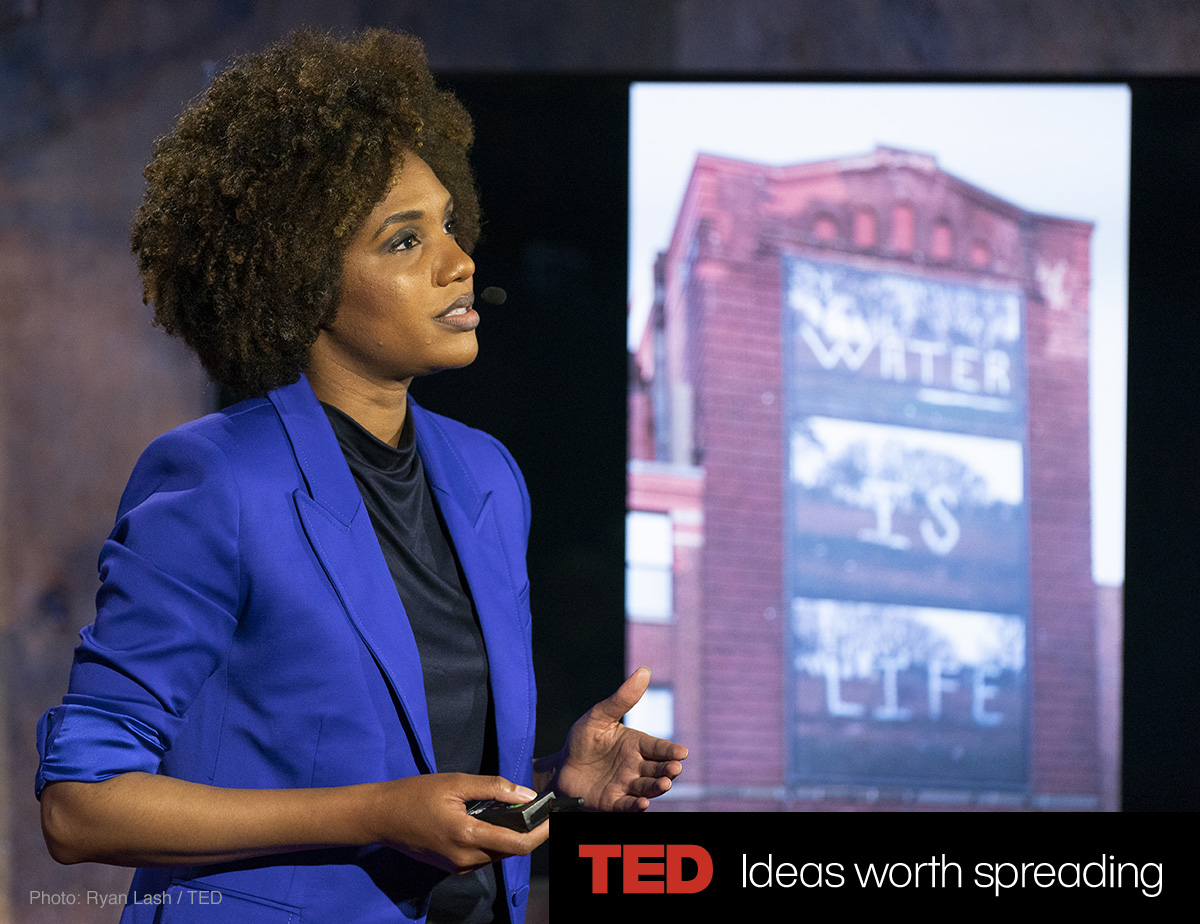‘Young, Gifted and Black’
1st West Coast Engagement of Survey Traveling Primarily to Colleges and Universities
Opens July 28 at UC Davis Manetti Shrem Museum
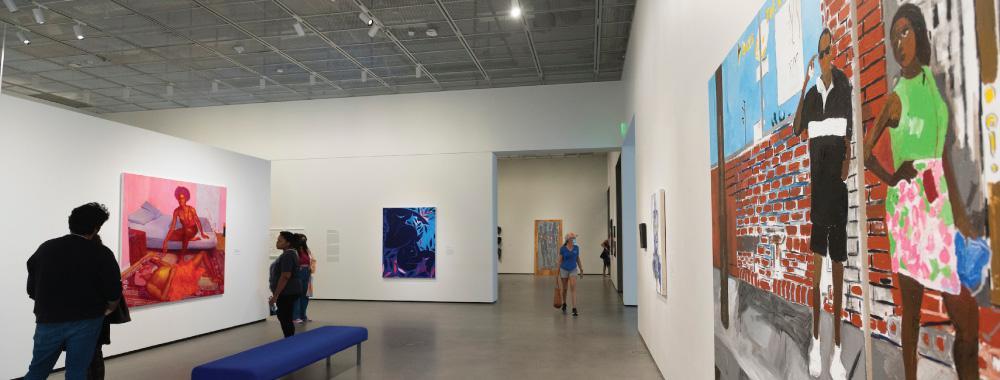
A wide-ranging exhibition that highlights artists of African descent whose work explores identity, politics and art history makes its West Coast debut July 28 at the Jan Shrem and Maria Manetti Shrem Museum of Art, at the University of California, Davis.
“Young, Gifted and Black” gathers and elevates an emerging generation of contemporary artists who are engaging with the work of their predecessors while finding different ways to address the history and meaning of Blackness in their work. The group includes well-known artists David Hammons, Kerry James Marshall, Mickalene Thomas, Henry Taylor and Kara Walker, as well as a younger generation gaining wider recognition, including Tunji Adeniyi-Jones, Sadie Barnette, Cy Gavin, Arcmanoro Niles, Jennifer Packer and others. The survey is organized around four themes — dramatic use of color, reclamation of the color black, materiality (nontraditional materials), and an expanded idea of portraiture.
I belong here, a neon sculpture by Tavares Strachan, is also on loan from the Lumpkin-Boccuzzi Collection. It is installed in the Manetti Shrem Museum’s lobby through March 2023, coinciding with “Young, Gifted and Black.”
“The Manetti Shrem Museum is excited to host this thought-provoking exhibition,” said Founding Director Rachel Teagle. “Not only does it introduce some of the most significant artists working today to UC Davis and the region, but it’s also in keeping with our track record of presenting emerging artists.”
Only five of the artists in “Young, Gifted and Black” are based on the West Coast, including Sadie Barnette, whose exhibition “Dear 1968,…” was at the Manetti Shrem Museum in 2017.
“I’m thrilled to be partnering with the Manetti Shrem Museum team in bringing “Young, Gifted and Black” to the West Coast,” said Lumpkin.
“At a time when America is wrestling anew with race and racism, and debates about equality and inclusion in the art world have taken on greater urgency, this exhibition assesses how artists today are shaping the way we think about identity, art and history.”
Featured artists
Derrick Adams, Tunji Adeniyi-Jones, Sadie Barnette, Kevin Beasley, Nayland Blake, Jordan Casteel, Jonathan Lyndon Chase, Caitlin Cherry, Bethany Collins, LaToya Ruby Frazier, Cy Gavin, Alteronce Gumby, Chase Hall, Allison Janae Hamilton, David Hammons, Kenyatta A.C. Hinkle, Lonnie Holley, Tomashi Jackson, Rashid Johnson, Samuel Levi Jones, Jarrett Key, Deana Lawson, Glenn Ligon, Eric N. Mack, Kerry James Marshall, Troy Michie, Wardell Milan, Narcissister, Arcmanoro Niles, Clifford Owens, Jennifer Packer, Adam Pendleton, Christina Quarles, Andy Robert, Jacolby Satterwhite, Paul Mpagi Sepuya, Gerald Sheffield, Lorna Simpson, Sable Elyse Smith, Vaughn Spann, Henry Taylor, Chiffon Thomas, Mickalene Thomas, William Villalongo, Kara Walker, Nari Ward, D’Angelo Lovell Williams, Wilmer Wilson IV and Lynette Yiadom-Boakye.
Jan Shrem and Maria Manetti Shrem Museum of Art
254 Old Davis Road,
Davis, CA 95616
manettishrem.org
Hours
Monday, Thursday & Friday: 11 – 6
Saturday & Sunday: 10 – 5
Admission is free.
Courtesy of: Manetti Shrem Museum



